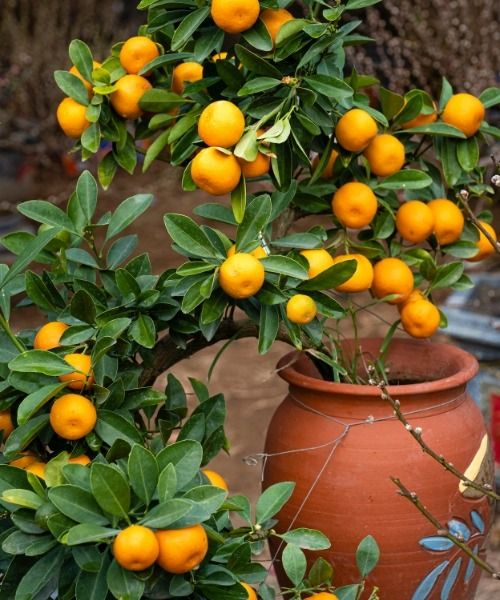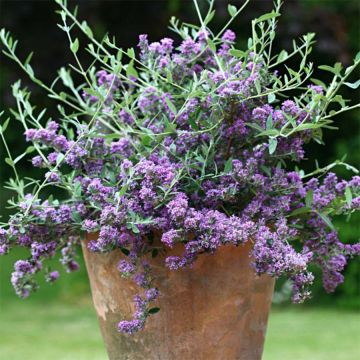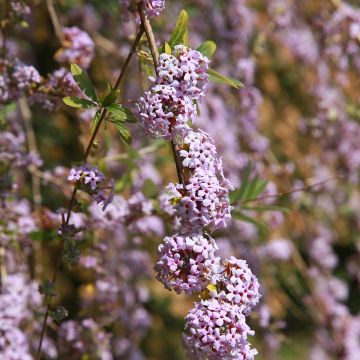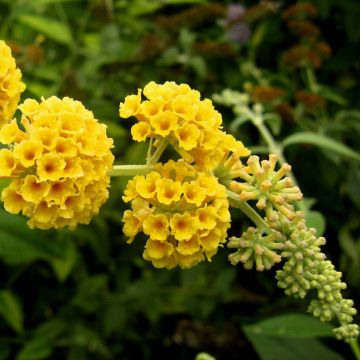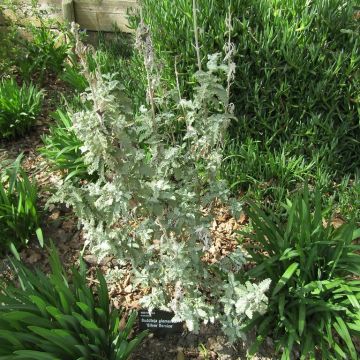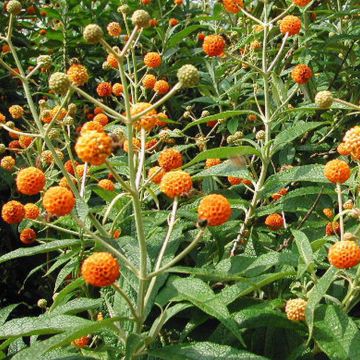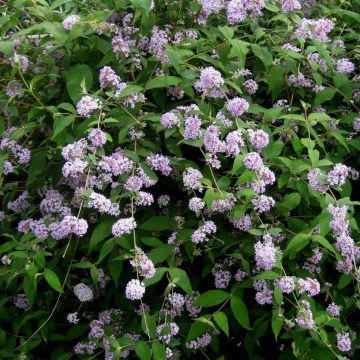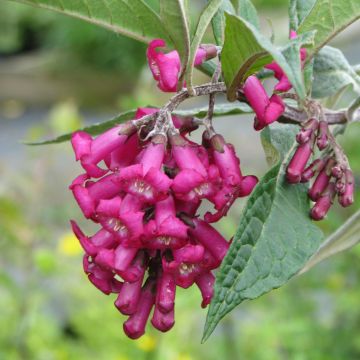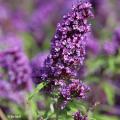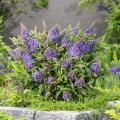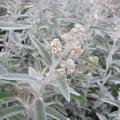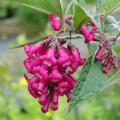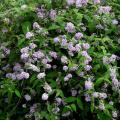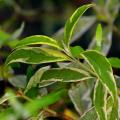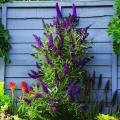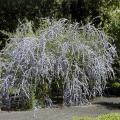Botanical Buddleja
Would this plant suit my garden? Set up your Plantfit profile →
Available in 1 sizes
Available in 2 sizes
Available in 1 sizes
Available in 1 sizes
Available in 1 sizes
Available in 1 sizes
Available in 1 sizes
Available in 1 sizes
Available in 1 sizes
The botanical butterfly bushes are wild and rare species of Buddleias for cultivation. While every gardener knows Buddleja davidii, there are about a hundred other species native to Asia, Africa, and America including their different hybrids and varieties. They are mainly bushes, although some Buddleia species include trees, climbers or semi-woody herbaceous plants. One of the most resistant and elegant is Buddleja alternifolia, a tall shrub with a weeping habit, whose long trailing branches are covered with panicles of lilac-pink flowers in summer. Others deserve to be discovered, although they are often less hardy and less easy to acclimatise in the garden. Hardy to -12°C (10.4°F), Buddleja delavayi from China stands out for the honey and rose fragrance emitted by its lilac-pink flowering panicles with orange eyes. Buddleja colvilei from the Himalayas is impressive and bears the largest flowers in the genus, which are deep pink with white centres. Buddleija macrostachya, is more delicate, although still hardy to -8°C (17.6°F). It only blooms in autumn and winter when protected from frost. Many other botanical species deserve the gardener's full attention and curiosity: Buddleia globosa with yellow flower balls, B. glomerata with small undulate leaves and pale yellow flowers, Lindley's butterfly bush or Buddleia lindleyana, Buddleia paniculata or Buddleia crispa from northern India, which is smaller and has pinkish plume-like flowers...
Butterfly bushes, depending on their size, are used as solitary plants, grouped in beds, hedges, or even in pots for dwarf varieties. They offer a beautiful range of colours and foliage, suitable for all climates, and are intended for both beginner and experienced gardeners.
Haven't found what you were looking for?

































